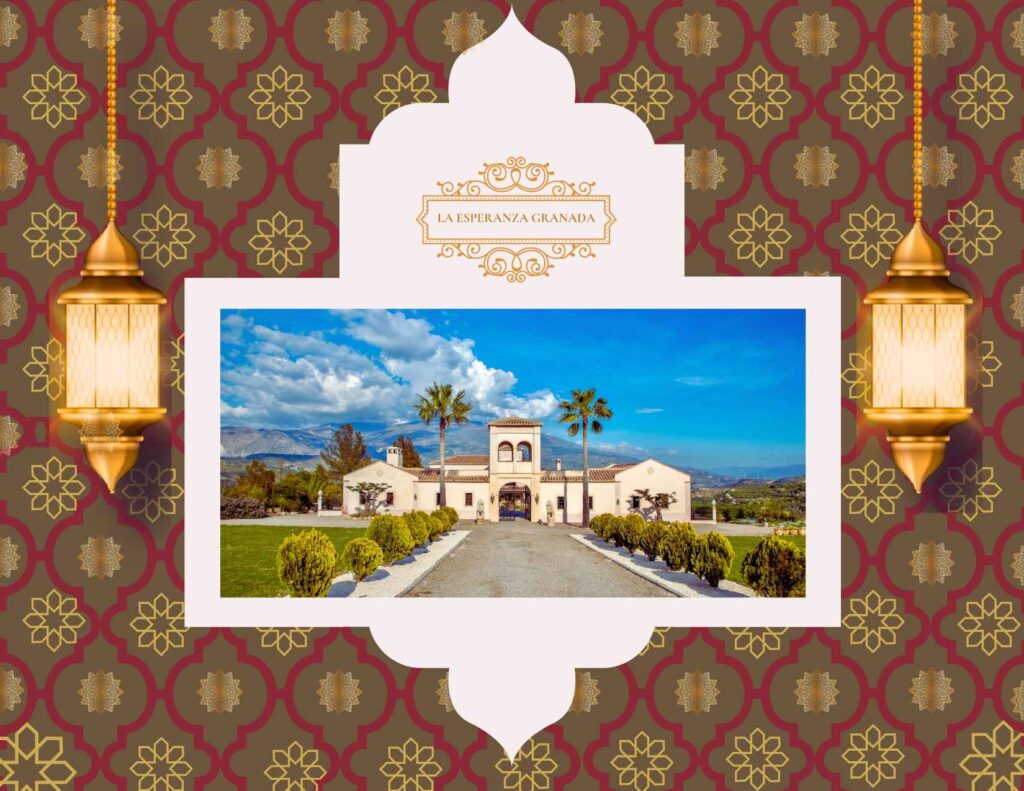
With the Park Hyatt Tokyo reopening in December 2025 and now accepting reservations, it feels like the perfect time to revisit one of its most legendary rooms — the Diplomat Suite, better known as the Lost in Translation Suite.
This was the very setting for Sofia Coppola’s Academy Award–winning film Lost in Translation, starring Scarlett Johansson and Bill Murray. Over the years, it has become one of the most famous hotel suites in Japan. It’s a destination in itself for travelers and film lovers alike.
Since the hotel closed for its extensive renovation, there has been endless speculation among loyal guests and design enthusiasts about the fate of this iconic suite. The prevailing rumor? That it is being refreshed and upgraded, not redesigned — preserving the quiet elegance and cinematic aura that made it legendary.
ABOUT THE HOTEL WHERE SOFIA COPPOLA FILMED

I had the privilege of staying in this suite shortly before the renovation began. The experience felt like stepping into a piece of modern film history — and into the golden age of Tokyo luxury.
When the Park Hyatt Tokyo opened in the late 1990s, it quickly became an icon for a new type of luxury hotel. No other hotel combined modern minimalism with such warmth and polish. It wasn’t just a place to stay. It was the place to be.
Everyone who mattered in the world of business, art, or culture eventually passed through its doors. The New York Grill, perched high above Shinjuku with its skyline views and live jazz, became the city’s living room. The hotel’s atmosphere was electric — half Silicon Valley summit, half high-finance cocktail party, with a touch of film-set glamour that has never been replicated.
THE TIMELESS DESIGN OF THE PARK HYATT TOKYO
What makes this property truly remarkable is how faithfully it preserved its original identity for more than 25 years. Until the recent closure, most rooms still carried the same refined decor from opening day — meticulously maintained, polished to perfection, and serenely timeless.
The public areas, too, remained exactly as the first guests (myself included) remembered them. From the hushed, wood-paneled entrance to the subtle lighting in the elevators and the lush greenery of the lobby, every element evoked the same calm sophistication. Even the long corridors, lined with art and travel books, felt untouched by time.
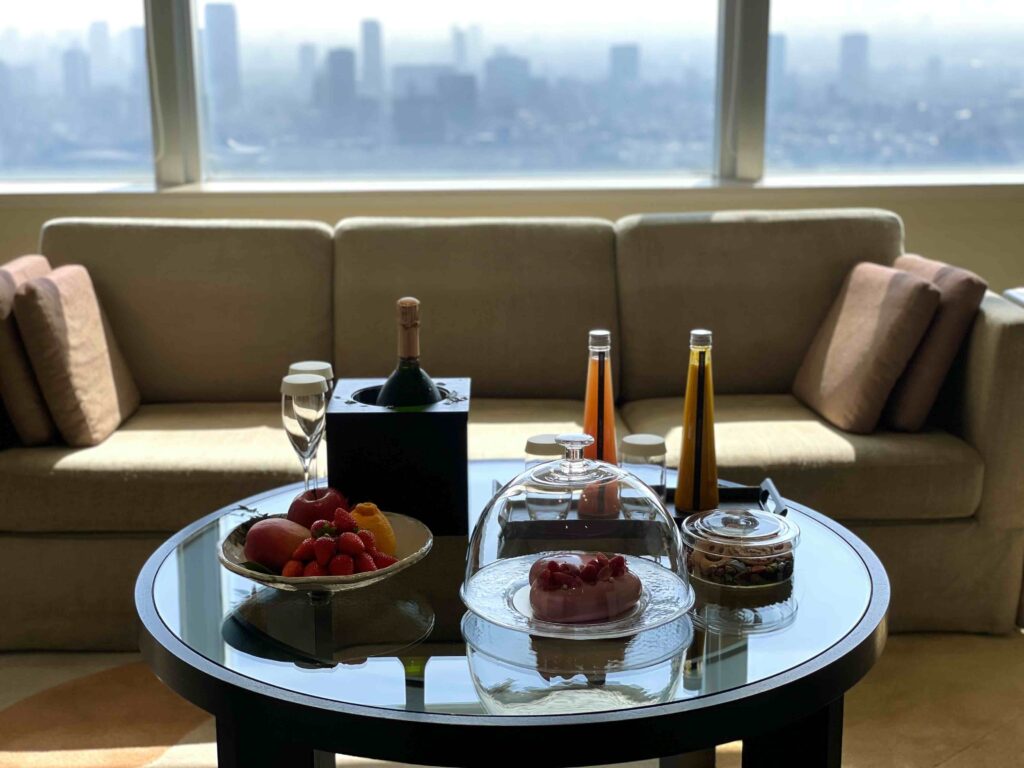
Walking through it all was pure déjà vu. The prints on the walls, the textures, the fragrances — everything was as it had been since Lost in Translation was filmed there. It felt like stepping into a living time capsule of Tokyo’s golden age of luxury.
That chapter, however, has now paused. The hotel began a major renovation in May 2024 and it is re-opening this December 2025. Hotel executoves promise a sleeker, more polished version of itself — an evolution, not a reinvention.
La Esperanza Granada — a Spanish hacienda in Andalusia where solitude becomes a luxury
(We come here to rest, to reset, and sometimes, to reinvent.)

INSIDE THE DIPLOMAT SUITE — THE LOST IN TRANSLATION ROOM
What was the Lost in Translation suite like? This elegant corner suite captured everything that made the hotel legendary. It had that same quiet confidence, cinematic light, and understated luxury prevailing elsewhere in the hotel.
The space unfolded like a private sanctuary above the city. A grand piano stood by the window, the skyline glimmering beyond it. The marble bathroom offered a deep soaking tub with panoramic views of Shinjuku, while the living room felt like a modern study, lined with floor-to-ceiling bookshelves.
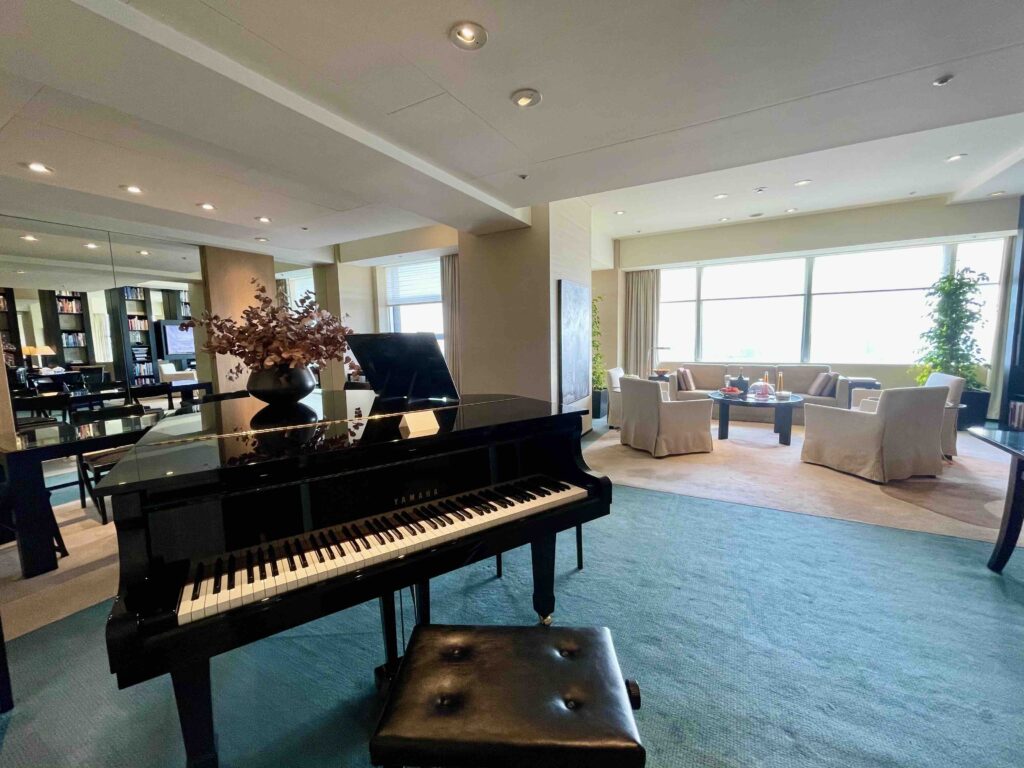
Every room at the Park Hyatt Tokyo reflects this same quiet balance of Japanese restraint and timeless design. Elegant yet unpretentious, the spaces have always embodied the hotel’s signature aesthetic and contemporary classic luxury.
However, this suite is not just a room. It’s a home I could live in.
IT’S ALL ABOUT THE BOOKS

And it had a library I could spend days going through. The books alone revealed the hotel’s philosophy. The collection of travel books in the living room transported one to faraway places. A quick glance and I saw titles about Bhutan, Patagonia, Rajasthan — all corners of the world that share a sense of solitude and wonder.
Meanwhile, in the bedroom, the tone changed: only cookbooks and volumes devoted to the art of food. The contrast felt deliberate. Perhaps a quiet design decision meant to reflect mood and appetite.
I stayed in this suite several times, and each visit felt like returning to a place that understood the art of stillness. The books were so carefully chosen, so deeply engaging, that it was easy to lose a full afternoon turning pages, the city humming faintly beyond the glass.
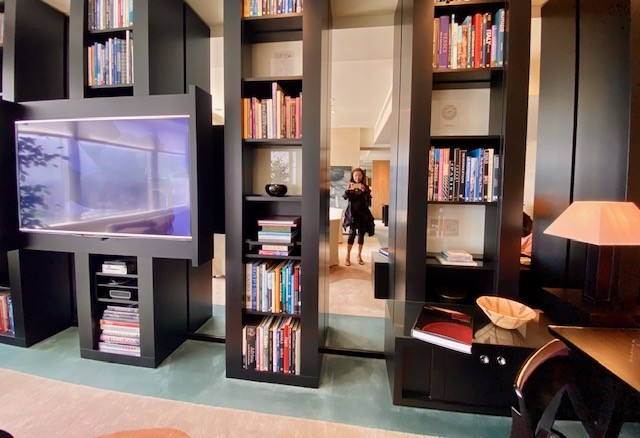
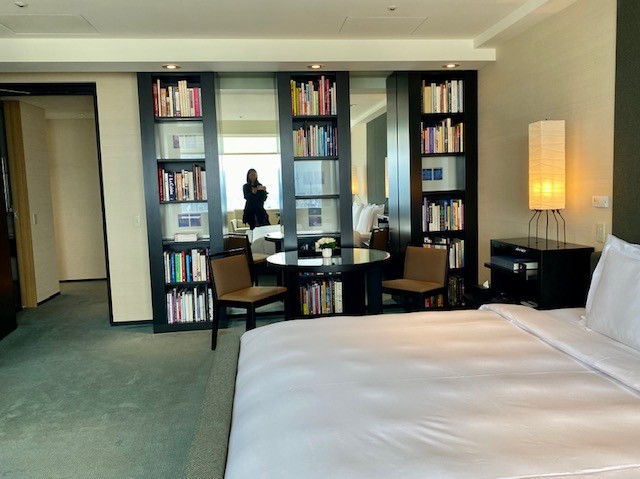
I glanced at this bedroom library when I first walked in, and there was a book on every exotic cuisine I could think of. Also it had all the classic cookbooks that every self-respecting chef has studied from cover to cover.
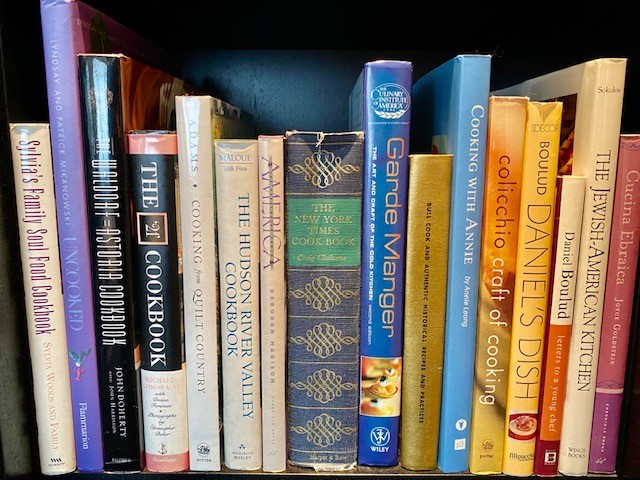
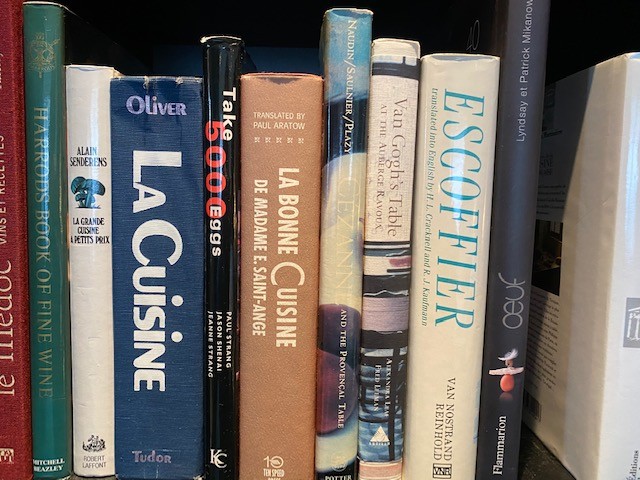
There are countless hotels that scatter coffee-table books around to look cultured or stylish. The Park Hyatt Tokyo was not one of these. Its shelves hold thousands of real books, each worn from years of browsing hands. Nothing felt staged or decorative. These books looked read, loved, and lived with — the kind of quiet authenticity that only decades on a shelf can create.
HOW TO ARRANGE A LIBRARY
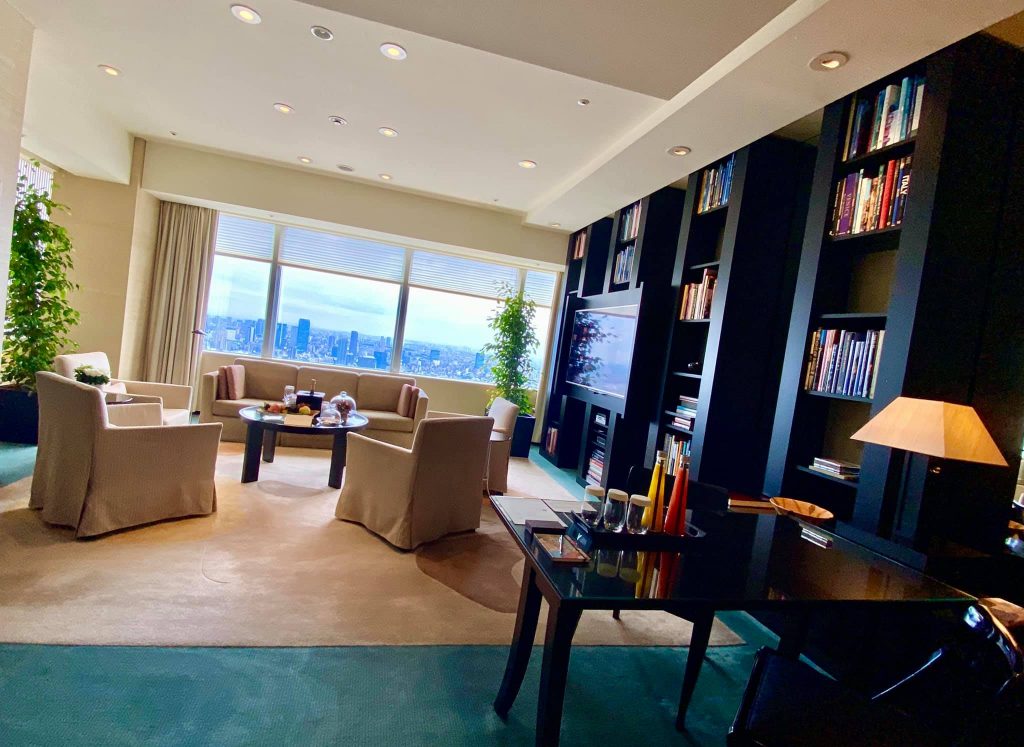

Every book inside the Lost in Translation Suite was chosen with both a collector’s precision and a reader’s hear
How else does one explain the shelf devoted entirely to Russia and the former Soviet Republics? And then another filled with photo books on Africa? Or the careful grouping of volumes on French cuisine?
There was a quiet method behind the order. It felt as if each guest left behind a trace of curiosity, and then someone patiently restored the suite’s library to perfect harmony. I imagined I was not the only one who has pulled a dozen books to read by the bedside, only to find them back in place by morning — straightened, aligned, and waiting for the next traveler.
Someone clearly tended this library with devotion. It was the same care and meticulous attention to atmosphere that defined the Park Hyatt Tokyo itself. And this made the Diplomat Suite unlike any other hotel room in the world.
INSPIRATIONS FOR BATHROOMS
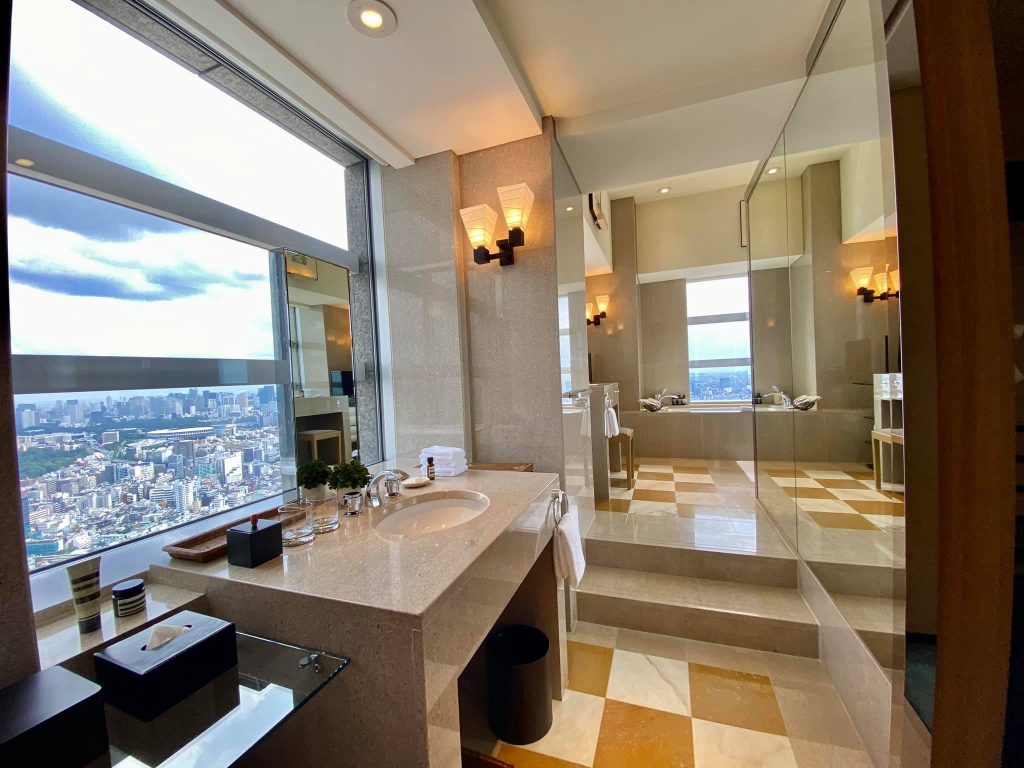
Then there was the corner bathroom of the Lost in Translation Suite. This is easily one of the most breathtaking hotel bathrooms in Japan. It was a space made for lingering — a sanctuary where you could watch Tokyo unfold beneath you from the deep soaking tub.
It’s easy to imagine guests checking in and falling instantly in love with the interiors. Within minutes, I always started mentally redecorating my own home, trying to capture this same feeling of calm luxury and quiet elevation. It’s hard to describe the feeling that this hotel gave its guests, except to explain it as that rare sensation of being, quite literally, on top of the world.
BATHROOMS WITH VIEWS IN TOKYO
The moment I first saw this bathroom, my plans for the day vanished. Instead I was running the bath, surrounded by soft light and skyline reflections. The shelves were lined with Aesop amenities, not in sample form but in a beautifully complete selection, as though someone decided that guests of this suite should have nothing less than the full experience.
Of course, all suite bathrooms aim to impress. But what makes this one exceptional is its placement . It occupied the corner usually reserved for a bedroom or living room. The result was a sense of openness and light that few hotels could match. The hotel turned a simple daily ritual into something quietly cinematic.
THE LOST IN TRANSLATION HOTEL ROOM

Over the years, the Diplomat Suite at the Park Hyatt Tokyo has quietly hosted some of the most influential people in the world. Heads of state, visiting dignitaries, and artists have all stayed within its calm, book-lined walls. Even The Weeknd reportedly spent a month here writing an album — proof that creativity thrives in this rarefied space above the city.
But its most enduring fame still comes from Sofia Coppola and her award-winning Lost in Translation. The film’s quiet, reflective scenes — those moments of jet-lagged solitude and connection between Scarlett Johansson and Bill Murray — were captured right here.
For travelers lucky enough to have stayed in this suite, stepping into it felt like walking into a still frame of modern film history. The light, the view, the atmosphere of the film — everything remained instantly recognizable, almost suspended in time.
THE ROOM WHERE SCARLET JOHANNSON STAYED IN
At the time of filming, the Diplomat Suite was cleverly divided into two bedrooms — one for Scarlett Johansson’s character and the other for Bill Murray’s. By early 2000s standards, Lost in Translation was bold and unmistakably indie. It captured a version of Tokyo that few outside Japan had ever seen. It was a city defined not by temples or tradition, but by neon solitude, late-night bars, and quiet emotion.
Many credit Sofia Coppola’s film for awakening global curiosity about modern Tokyo. She captured the contrasts, the loneliness, and the beauty. Knowing this, I couldn’t resist the chance to once more have my own Lost in Translation moment inside the very room where it all began, before the Park Hyatt Tokyo closed for renovations.
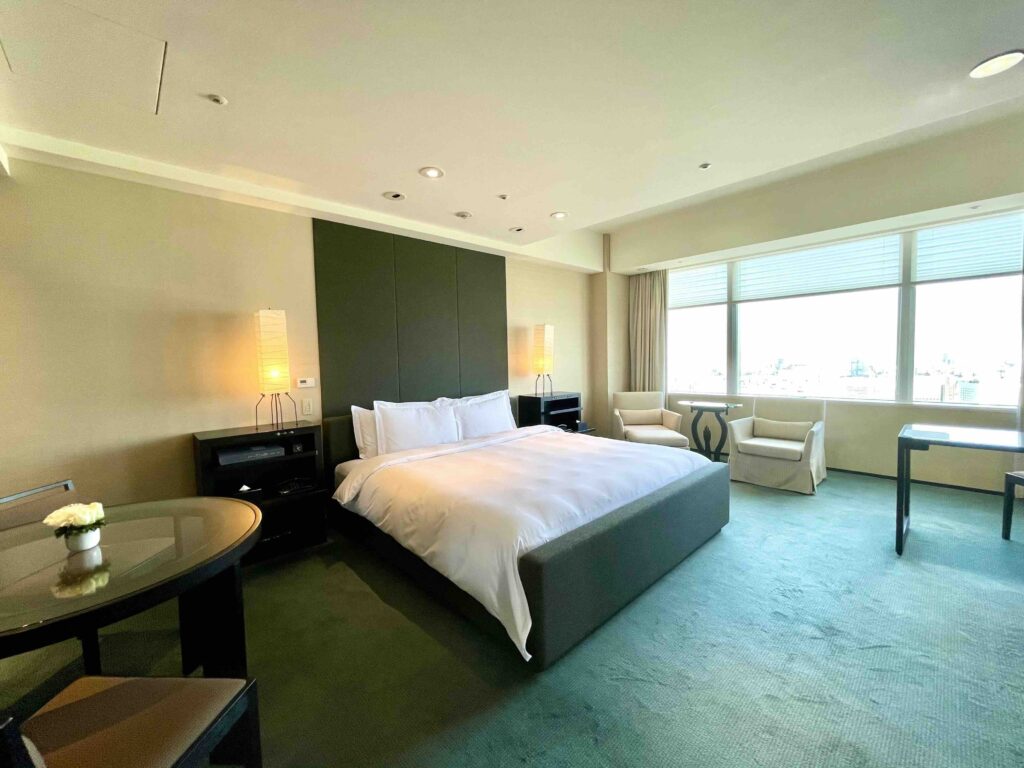
READ ABOUT THE PARK HYATT NISEKO IN HOKKAIDO
ROOM SERVICE & MOVIES
“Do you have the movie on DVD?” I asked then–Park Hyatt Tokyo General Manager Hervé Mazella. Fortunately, the hotel did. This was a small but essential detail.
So that evening, I slipped into my pajamas, and ordered room service. Movie nights in Tokyo are about Japanese curry with rice, the ultimate comfort food. Then, from the sofa of the Lost in Translation Suite, I watched Lost in Translation itself.
It was a surreal experience, seeing the same corners of my suite appear on screen in real time. Few travelers will ever have the chance to do this, and that made it even more special. Moments like this are what I call truly living a Travelife. When I find magic in the places where stories, cinema, and reality quietly overlap.
Read more about the best hotels and resorts in Japan in Travelife Magazine.





